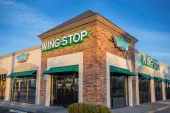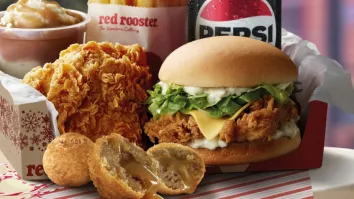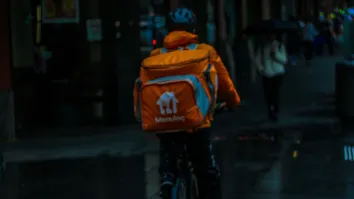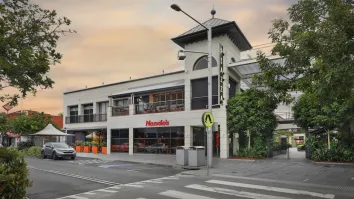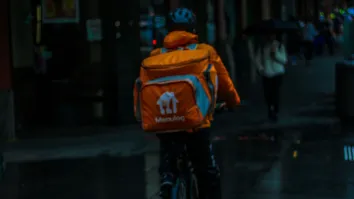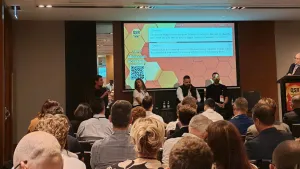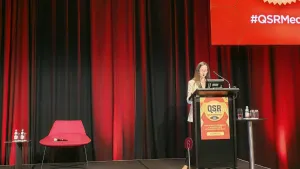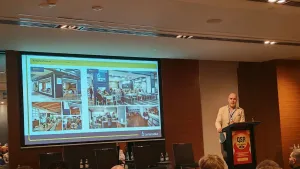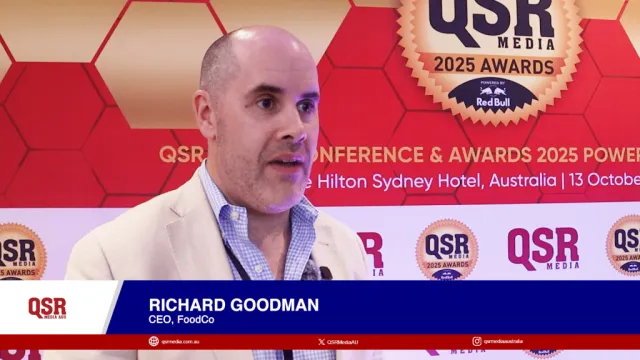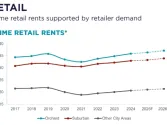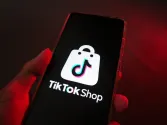
Mobile device data tracking can visualise how local or transient a brand's customers are: Geotech
Managing director Bruce Waddington elaborates on how brands have benefitted from the cutting-edge data set.
In the age of data, most retail and service businesses have valued the importance of information for driving customer insight and strategic planning.
But for information services company Geotech, brands can go beyond loyalty programmes and brand specific apps to further understand their customers' buying habits by knowing how they move, travel and how they go about their business.
Through Mobile Device Data Tracking, Geotech has been able to generate and interrogate a data set that tracks, in real time, over 5 million mobile devices across Australia. QSR Media spoke to Geotech managing director Bruce Waddington, who elaborated on how restaurant brands have benefitted from the cutting-edge data set.
QSR Media: How does this service differentiate itself compared to other customer insight solutions?
This is the first data set of its kind that can profile and track consumer movements and retail habits. Whilst data sets such as the Census data and household expenditure data still have their place and provide invaluable information about customer demographic characteristics and spending patterns, all of this data is currently linked to an individual's residential address.
However, as we all know, customers do not just make buying decisions based on where they live. The Mobile device data is a unique data set that allows us to understand how people move around and travel and what their retail shopping habits are. This is an exciting space to be in, as it will allow us to assist clients with understanding the location and behaviour of both customers and non-customers by time of day and across different day parts.
QSR Media: What are the notable trends and insights that Geotech is already seeing through MDDT?
One of the most interesting insights that we are seeing already is how different pedestrian traffic can be throughout different day parts, and in different sections of the same precinct – whether it be within CBD environments or in large shopping centres. This provides incredible insight into consumer movements and retail habits, as it can be visualised where in a precinct has the highest volume of pedestrian traffic at different times of the day.
In addition, another insight that is already emerging is the ability to understand and visualise just how local or transient a store's customers are, and how this compares to other stores (a brand's own stores or even competitor stores).

A map highlighting mobile device user movements at ten minute intervals around Swanston and Flinders streets in Melbourne. Photo: Supplied
QSR Media: What are a couple of the ways that brands are already starting to use this data?
Brands that are starting to use this data are already seeing the incredible insight that can be gleaned from this data set. The benefits are endless. We are already seeing this data being used in the following types of ways:
- Measuring pedestrian traffic by time of day throughout shopping centres, CBD environments, and around special events (such as sporting events);
- Profiling the shopping behaviour, movement and characteristics of your customers (and competitors customers) and what proportion are frequenting each store due to being local in the area (home, work, study) or are transient customers (who frequent a store while passing by);
- Generating customer and trade area maps.
QSR Media: What would be the next phase of MDDT? Any other variables that will be further explored through it?
One area that we are currently investigating further is using the MDDT to assist clients with local area marketing strategies based not only on who lives or works in the area, but also who is in the area for other reasons, who they are, how far they have come from and how they could potentially be marketed to. We are also currently working with some of our key clients to determine other ways to implement this cutting-edge data.

